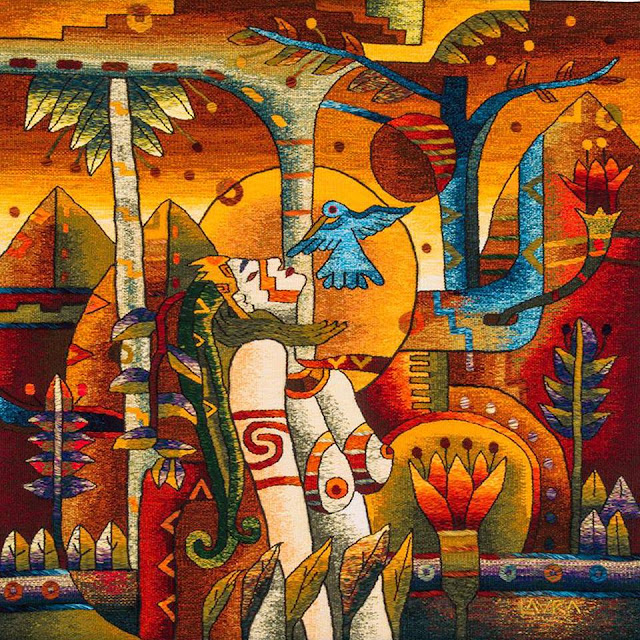Petra Veerman-van de Vijver
She is a mom of 2 teenagers and at this moment
she lives in Mexico City
She uses exclusive handmade fabrics to give ordinary
items an Unique look. For example, the Beautiful Otomi fabric.This fabric is
very special. It is hand embroidered by the Otomi people from Hidalgo ,
Mexico 2 meter will take them 6-9 months to finish.
After that she uses this unique fabric to change ordinary home
decor items into Unique pieces.
She is a mom of 2 teenagers and at this moment
she lives in Mexico City
She uses exclusive handmade fabrics to give ordinary
items an Unique look. For example, the Beautiful Otomi fabric.This fabric is
very special. It is hand embroidered by the Otomi people from Hidalgo ,
Mexico 2 meter will take them 6-9 months to finish.
After that she uses this unique fabric to change ordinary home
decor items into Unique pieces.
Facebook : https://www.facebook.com/UniqueWorldDesign
Instagram:https://www.instagram.com/uniqueworlddesigns/
Web site:https://uniquemexicandesign.com/




































































